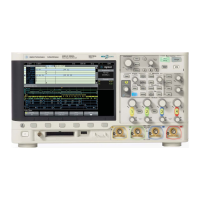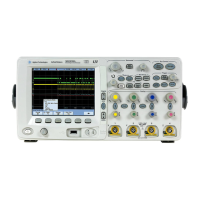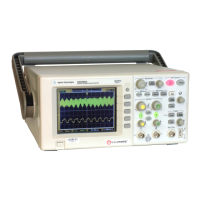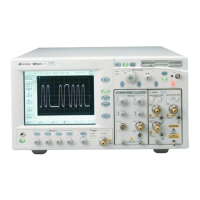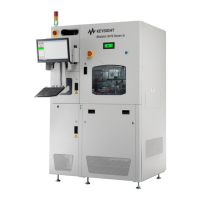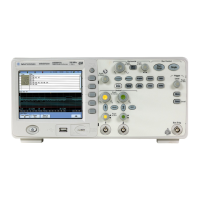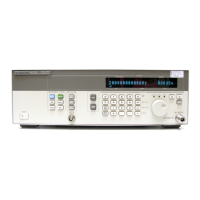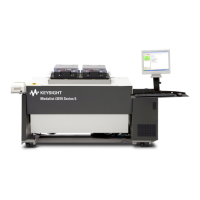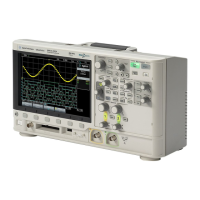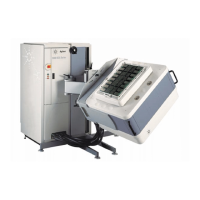82 Agilent InfiniiVision 3000 X-Series Oscilloscopes User's Guide
4 Math Waveforms
• Scale — lets you set your own vertical scale factors for FFT expressed
in dB/div (decibels/division). See "To adjust the math waveform scale
and offset" on page 73.
• Offset — lets you set your own offset for the FFT. The offset value is
in dB and is represented by the center horizontal grid line of the
display. See "To adjust the math waveform scale and offset" on
page 73.
• More FFT — displays the More FFT Settings Menu.
2 Press the More FFT softkey to display additional FFT settings.
• Window— selects a window to apply to your FFT input signal:
• Hanning — window for making accurate frequency measurements or
for resolving two frequencies that are close together.
• Flat Top — window for making accurate amplitude measurements of
frequency peaks.
• Rectangular — good frequency resolution and amplitude accuracy,
but use only where there will be no leakage effects. Use on
self- windowing waveforms such as pseudo- random noise, impulses,
sine bursts, and decaying sinusoids.
• Blackman Harris — window reduces time resolution compared to a
rectangular window, but improves the capacity to detect smaller
impulses due to lower secondary lobes.
• Vertical Units — lets you select Decibels or V RMS as the units for the
FFT vertical scale.
• Auto Setup — sets the frequency Span and Center to values that will
cause the entire available spectrum to be displayed. The maximum
available frequency is half the FFT sample rate, which is a function
of the time per division setting. The FFT resolution is the quotient of
the sampling rate and the number of FFT points (f
S
/N). The current
FFT Resolution is displayed above the softkeys.
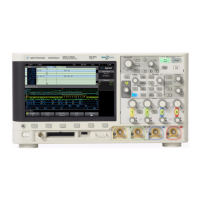
